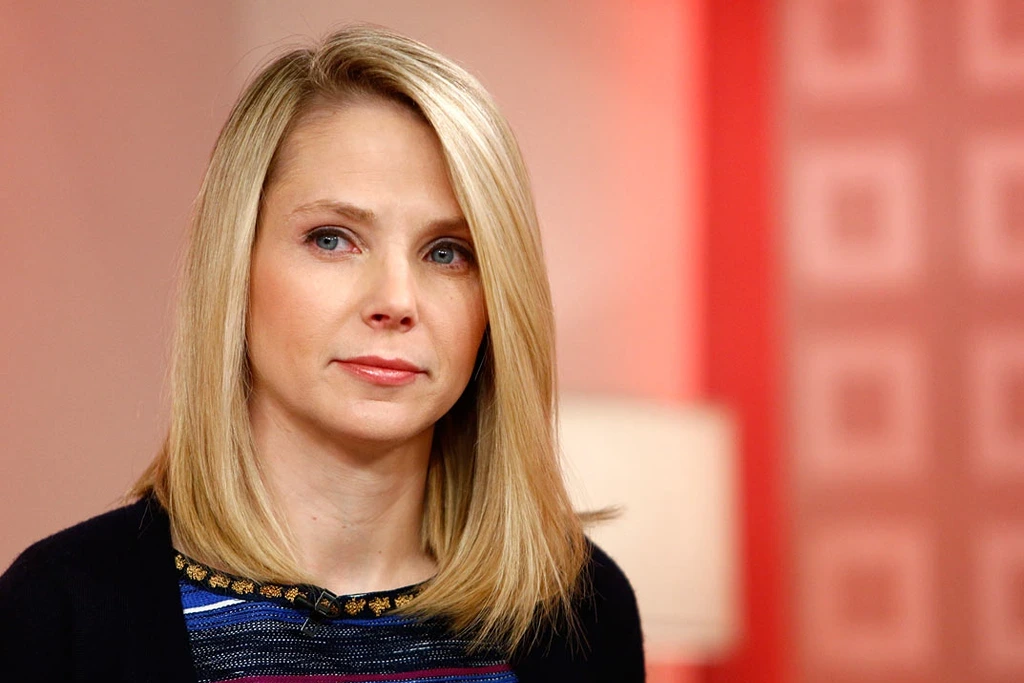
Unfortunately, it’s not great news for our female counterparts. According to a recent Gallup poll that asked participants whether they prefer a male or female boss, the majority of Americans expressed indifference while those with an opinion strongly leaned towards males – 40% of women and 29% of men citing their preference for male bosses over females. Not surprisingly, conservative Republicans are more likely to advocate for men in charge compared to Democrats who were divided on the matter. What is causing this hesitancy when it comes to working under a lady boss?
Although women are increasingly occupying managerial and executive roles, they remain subject to prejudice due to the perception that their gender is incapable and unlikeable. To this point, The Guardian’s Jill Filipovic noted that when someone dislikes a male boss, it’s dismissed as individual failure; however if one does not approve of a female manager or leader then all women face backlash. Clearly, there remains an imbalance in how men and women are viewed on these levels – both socially and professionally.
Sheryl Sandberg powerfully reminded us in her book Lean In that ambition is a word often considered positive when associated with men, yet negative when tied to women. This must be addressed as it has caused many female professionals in powerful roles to struggle and feel inferior at work. It’s time we put an end to this unjust double standard!
The representation of female bosses in film and television has been heavily scrutinized, with prominent characters such as Miranda Priestly from The Devil Wears Prada, Margaret Tate in The Proposal, and Katherine Parker from Working Girl. These women were depicted as having to resort to being “deathly terrifying ice queens” (who dressed well) out of necessity for their powerful roles. However, this does not have to be the case – there are other methods available for successful management that can be employed by both genders alike!
“It’s a general cultural phenomenon, the preference for men leaders and bosses,” Alice Eagly, Ph.D., a social psychology professor at Northwestern University, told Forbes in 2010. She supposes that “leaders are thought to be people who are dominant and competitive and… confident. Those kinds of qualities are ascribed to men far more than women. Women are ascribed to be nice. We are, above all, nice.”
This isn’t to say that women can’t just be jerks, however, it does feel like when a woman is placed in charge of something, she will experience much more judgment than her male counterparts. Just look at what Marissa Mayer faced after Yahoo! named her as their CEO—she was vilified for every decision and move she made while also three months pregnant. Female leaders have the added pressure of constantly needing to prove themselves despite not receiving the same support they deserve.
Rising pressure can drive female leaders to overcompensate in an attempt to overcome sexism. Recent research from Leiden University shows that when females are surrounded by a sexist atmosphere, they become more likely to take on the alpha female or queen bee persona and may even be harsher than their male colleagues. The study also found that “these women are concerned that if they are seen to be helping other women rise to the top or supporting other women in the workplace, they will be derided by the men at work and will be seen as operating counter to the culture rather than acting like one of the boys.”
Unfortunately, a lot of people incorrectly assume that women won’t be able to achieve their career goals as much as men can. Sylvia Ann Hewlett from the Center for Talent Innovation explains that this is because people tend to prefer working with male leaders since they perceive them as having more influence than female superiors do. This type of belief has created an invisible barrier that hinders many women’s success in the workplace and leaves lingering consequences throughout their careers. “You hitch yourself to a star and the calculation is, ‘this male boss is going places,’” she says, noting that men dominate the ranks of CEOs and executives. “Whereas this female boss is probably going to get stuck.”
It’s encouraging to see that since Gallup first asked this question in the 1950s, the preference for female bosses has significantly improved – from a mere 5% then to 32% today! We are witnessing more women entering corporate roles and leadership positions, yet there is still much work left to be done when it comes to recognizing their potential as well as their capabilities. Let us continue pushing forward toward gender parity and create an environment where everyone can reach their full potential regardless of gender.
Find out how, as a young woman leader, Caroline Ghosn directs and inspires her team at Levo.









